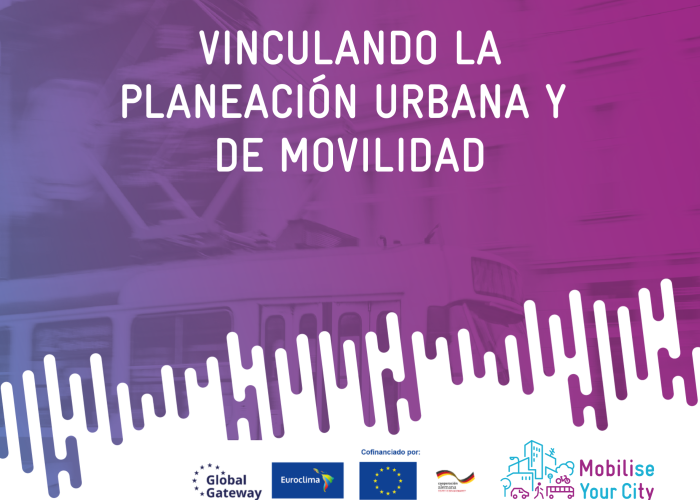Recording of Linking urban and mobility planning

Guía Temática sobre la integración de la planeación urbana y de movilidad de MobiliseYourCity.
- GHG Emissions & MRV
- Climate Adaptation
- Others
Reports & Case Studies
Snaije Lucas
Research & Advocacy Manager
This white paper, supported by the Gelderland Province (Netherlands), uses the emergent framework of “Human Infrastructure” to help craft more inclusive strategies for cycling uptake. It explores how to develop initiatives that reinforce cycling cultures and the ability for all individuals to access and perceive cycling as a viable, safe, empowering mode of transportation.
Urban policies to encourage cycling have traditionally focused on urban planning and design measures, in a logic of “bicycle oriented development” or “build it and they will come”. Such strategies however often do not respond to specific barriers such as perceptions, access, ability, or awareness. Failure to account for such barriers will continue to exclude those who would benefit the most from cycling as daily transportation.
Street, network and spatial-planning changes must be accompanied by a range of behaviour change measures to facilitate an equitable, substantial and sustainable mode shift towards cycling, yet the development of good practices are still relatively latent. Behavioural change and social research are also often misunderstood and underrepresented skillsets in transportation departments.
This white paper, supported by the Gelderland Province (Netherlands), uses the emergent framework of “Human Infrastructure” to help craft more inclusive strategies for cycling uptake. It explores how to develop initiatives that reinforce cycling cultures and the ability for all individuals to access and perceive cycling as a viable, safe, empowering mode of transportation.
From open streets, schools streets, cycling education and awareness campaigns, to cycling subsidy programs or innovative community engagement, we have reviewed academic literature, dozens of initiatives around the world, spoken to experts from 9 countries, and captured in-depth learnings from the cities of Oakland, Arnhem-Nijmegen, Greater Manchester & Munich to extract best practices.
Six key recommendations are proposed in order to translate these vast findings into transferable, actionable solutions for cities from diverse geographies, cultures, and cycling maturities. If understood correctly and implemented in tandem, hard and soft measures will mutually reinforce each other, creating safer cities and widely embraced cycling cultures.